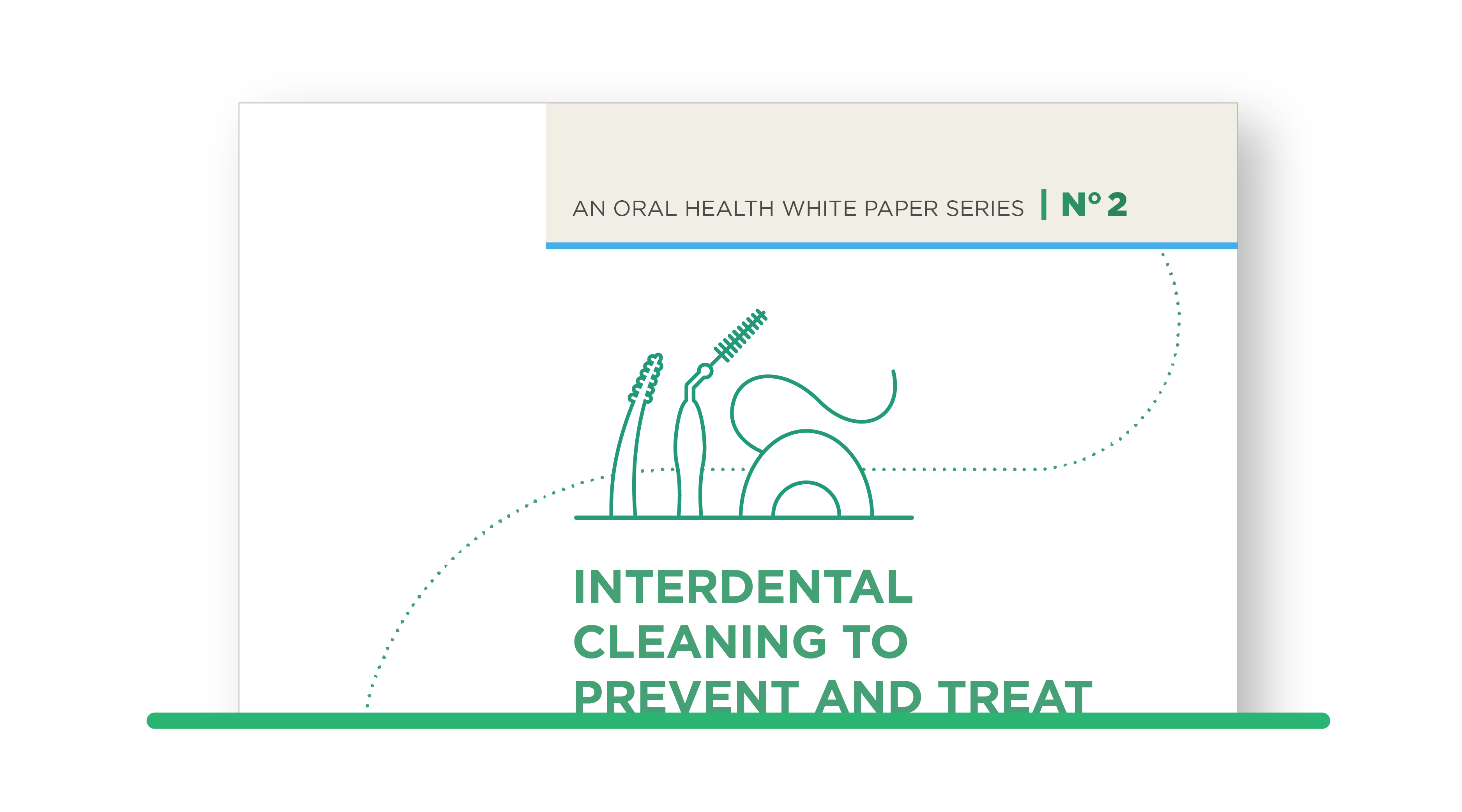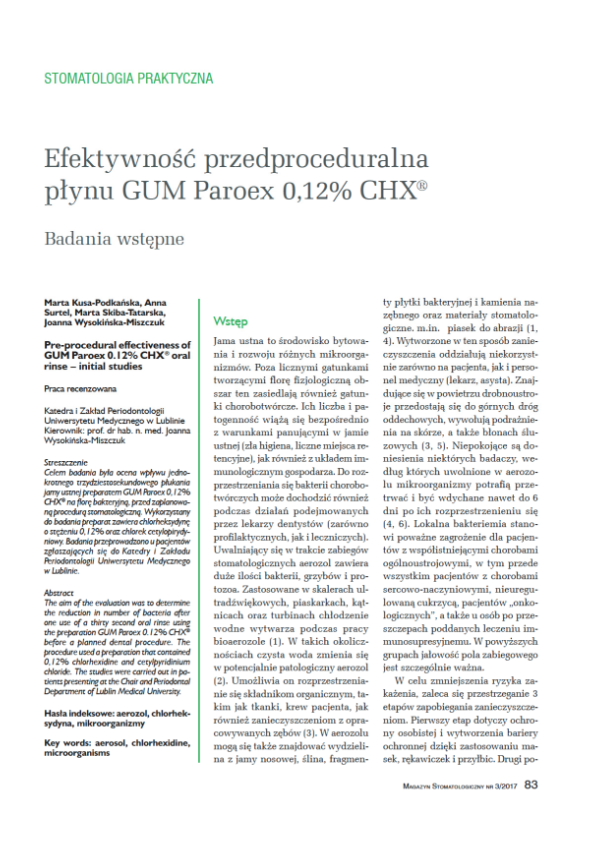Literatura naukowa: Białe księgi, publikacje i wytyczne
Bądź na bieżąco z najnowszymi doniesieniami naukowymi z dziedziny zdrowia jamy ustnej i higieny jamy ustnej, ze szczególnym uwzględnieniem czyszczenia międzyzębowego i związku między zdrowiem jamy ustnej i systemowym. Zapoznaj się z oficjalnymi opracowaniami, podsumowaniami literatury oraz wybranymi recenzowanymi publikacjami klinicznymi oraz oficjalnymi wytycznymi dotyczącymi procedur lecznicznych.
Białe księgi i tabele podsumowań klinicznych
Wybrane recenzowane publikacje anglojęzyczne
This RCT by Professor Graziani and his team set out to determine the efficacy of 4 different oral hygiene regimens in young subjects with intact interdental papilla and found (inter alia) that the use of interdental picks was associated with reduced interdental FMBS when compared to flossing (P < .05).
Dr Dagmar Slot and her team in Amsterdam designed an RCT to compare the efficacy of interdental picks (“rubber bristles interdental cleaner” or RBIC in her paper) compared to an interdental brush (IDB) in reducing gingivitis. A secondary objective was to evaluate participants' attitudes and possible side effects. The authors concluded that in accessible sites, the interdental pick (RBIC), in conjunction with manual toothbrushing, was found to be more effective in reducing gingival inflammation after 4 weeks compared to toothbrush and IDBs. The interdental pick (RBIC) caused less abrasion of the gingiva and was appreciated more by the participants.
Pauline Imai at the University of British Columbia reported on the secondary outcomes of a RCT comparing interdental brush to dental floss and found that compliance with interdental cleaning is clearly associated with perceptions of ease of use and motivation. Additionally, patients were more than twice as likely to “strongly agree” that interdental brush was easy to use compared to flossing.
Click here for results
Wytyczne dotyczące leczenia
The European Federation of Periodontology (EFP) has for the first time issued clinical practice guideline for treatment of stage I–III periodontitis. The guidelines were produced with the support of 15 specifically commissioned systematic reviews and benefit from recommendations by leading experts and a broad base of stakeholders.



